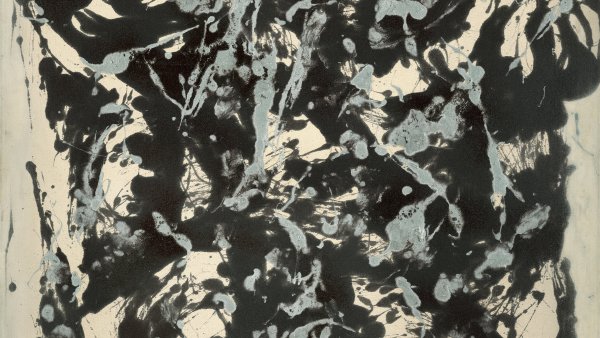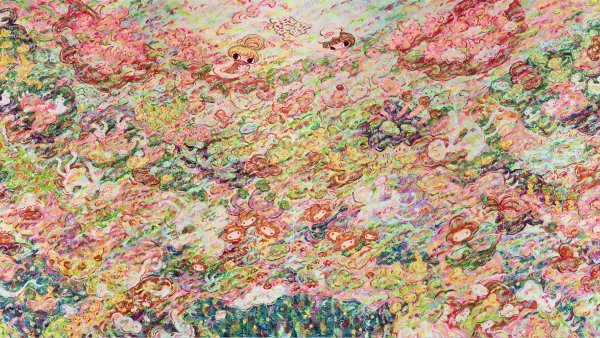Memling. Portraits
Hans Memling was of German origin and was born in Seligenstadt around 1435. The first reference to the artist dates from 1465 when he is known to have acquired citizenship in Bruges, an essential requirement for practising as an artist in the city, where he arrived already a fully qualified master. Memling is thought to have first trained in his native city, in Germany, then perhaps moved on to Brussels to study with Rogier van der Weyden. In Bruges he worked for the leading families as well as for the large and flourishing community of foreigners who engaged in business activities there. Despite this, he never received an official commission from the city. Memling's first important work was the Last Judgement Triptych commissioned by the representative of the Medici family, Agnolo di Jacopo Tani. Among Memling's most important compositions is the Triptych of the Saint Johns of 1479, painted for the Hospital of Saint John in Bruges and now in the Memlingmuseum in that city. The Moreel Triptych of 1484 is also a significant work, painted for the church of the Apostle James and paid for by the politician and merchant Willem Moreel. In it, Memling included one of the first family group portraits. A major late work is the famous reliquary with scenes from the Life of Saint Ursula, completed in 1489 and featuring views of the city of Cologne.



